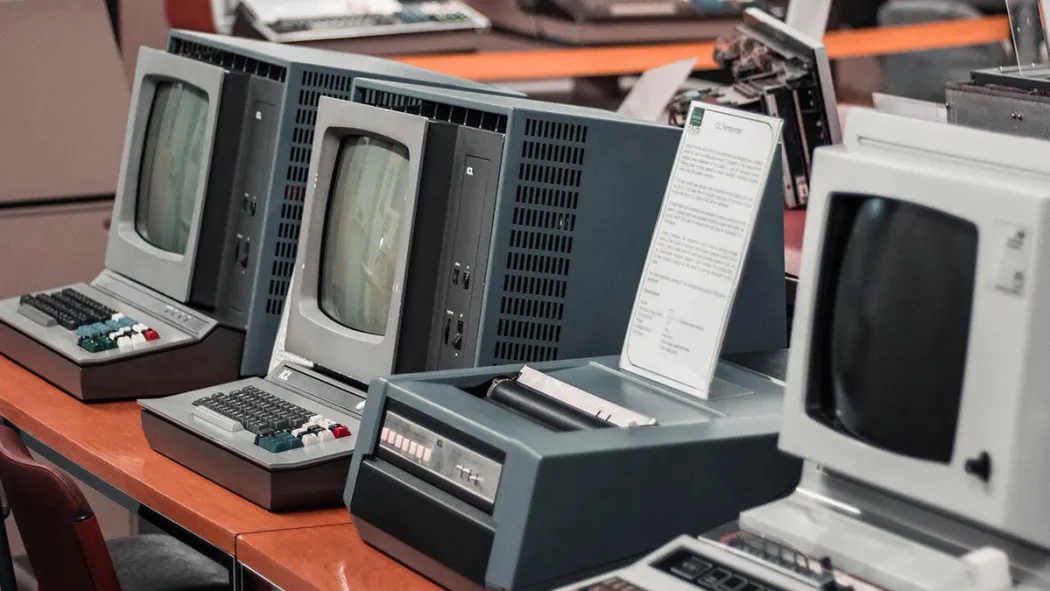By this time, you probably already know what day it is: Equal Pay Day. Don’t worry, this isn’t another rant on the pay gap, but rather an examination of a measure purported to address the problem, pay transparency laws. The hope is that through access to complete information on salary ranges, all employees and applicants will be better equipped to navigate salary negotiations with existing and potential employers. If men tend to negotiate salaries more aggressively, then explicit pay ranges remove some of the guesswork that has kept women from negotiating with the same confidence.
Navigating companies through mergers and acquisitions is a challenging task, and managing the transition process requires thorough consideration. Our previous research on mergers and acquisitions found that the geographic and role diversity of merged companies predicts future stock performance. Beyond financial metrics, it is equally important to evaluate employee sentiment and hear what they have to say about acquisitions. This week, we analyze employee sentiment in acquired companies using data from over 25,000 acquisitions between 2010 and 2020.
When a company posts a job opening, how long does it take for them to fill it? When a worker loses their job, how quickly do they find another? These questions get at the same underlying relationship between available jobs and the workers able to take them—which is often called the “tightness” of the labor market. The longer it takes for employers to fill positions, the tighter the labor market. Average time-to-fill across the US economy dropped in the pandemic, then surged to a new high, where it persists now.
The Great Resignation has changed the way that many workers think about their workplace, with work culture becoming a pivotal part of someone’s decision to join and stay at a company. Amid a tight labor market, one would expect employers to shift the language they use in job postings away from phrases that would raise red flags for job applicants. Phrases like "must handle stress," "able to work under pressure," "can multitask," and "fast-paced environment" signal a toxic culture, which we have shown to be a major driver of the Great Resignation.
Globalization has faced challenges in recent years, with the pandemic and several supply chain disruptions. Nevertheless, companies around the world have kept expanding internationally, both in terms of their reach in foreign markets and also to recruit the world's finest talent. As a result, foreign companies hire a large and growing fraction of the worldwide workforce.
With the Super Bowl approaching (reminder: It’s this Sunday!), more eyes are on the NFL now than any other time of the year. This year, however, the big game is not the only reason for the heightened attention: The Houston Texans’ recent firing of head coach Lovie Smith after just one year has reopened the question of whether the league discriminates against coaches of color. This debate has a long history, stretching back to civil rights investigations that led to establishment of the Rooney Rule in 2003.
In our recent collaborations with The Washington Post and Reuters, we explored how the recent wave of layoffs in Big Tech has hit Diversity, Equity, and Inclusion (DEI) efforts in the industry. As we celebrate Black History Month, we are doing a deeper dive into whether companies are heading into a diversity crisis by laying off their DEI talent. As the uphill battle for diversity unfolded during layoffs, some companies have also had sharp declines in their share of diverse new hires.
For most junior employees, the culture in which they work is defined by their managers. We previously covered how Toxic Corporate Culture was a main driver of The Great Resignation and how Gen Z is redefining work culture as we know it today. Today, we look at whether excess management has a negative effect on company culture. And if so, what is the business impact of being a top-heavy company?
FTX’s collapse has had a domino effect on the cryptocurrency market, leading to a series of crypto-related bankruptcies. As expected, these events have had negative impacts on workers across the crypto space. However, signs of decline appeared in the crypto workforce well before the 2022 crash. Attrition from crypto companies began to increase as early as July 2021. Meanwhile, employee sentiment in crypto companies started to decrease with the dip in crypto prices in January 2022.
On January 1st, California and Washington were the latest states to introduce pay transparency laws, which require all job postings to include a pay range. In collaboration with The Economist, we look at how employers responded in New York City and Colorado when the laws were introduced, in order to understand what California and Washington can expect. To what extent do job postings now include pay ranges that are actually informative?
Over the past year and until very recently, the US labor market has been extremely tight: We saw record job switches and employers struggling to recruit talent. In such a tight market, we expect formal education requirements in job postings to decrease on average, as companies become more lenient towards the qualifications of their workers. This is indeed what we observe in our job postings data: The share of all US job postings requiring at least a bachelor’s degree reached its peak at the start of the pandemic, when most job postings were for essential workers with higher qualifications. Since then, the share of education requirements has plummeted.
As 2022 comes to a close, this week we’re revisiting the biggest workforce trends of the year. Here is a collection of our most powerful insights. The labor market was strong throughout 2022, but towards the end of the year, layoffs became a major concern especially with high-profile companies such as Amazon, Meta, and Twitter announcing large-scale layoffs. Using individual-level data, we have identified which roles are most at risk of being laid off.
Going into this year’s holiday shopping season, we face an uncertain economic climate. Consumer confidence in the US is at its lowest level since the Great Recession, with high inflation curbing holiday shoppers’ spending appetites. How has the retail sector been faring in this climate, particularly during the holidays? Job postings in retail have dropped in September, October and November relative to their levels in the same months last year. The decline came after years of growth during these months – even during the pandemic.
The rise of tech firms and big data has sparked a shift toward flexible and open source software. In a previous newsletter, we showed which companies have adopted open source software. This week, we take a look at software skill requirements for government jobs. We focus on data related jobs and assess the differences between the government and private sector. While job postings in the private sector are likely to require open source data analysis and visualization software skills, such as SQL, Python, and Tableau, less than 10% of government job postings require these skills.
Business Insider declared Portugal the new California recently, with many people moving there to work remotely at their jobs elsewhere. But Portugal is not the only country opening their borders for “digital nomads”. Many countries are now offering digital nomad visas or investing in initiatives that make them more attractive to international migration.
The bipartisan _Infrastructure Investment and Jobs Act_ that went into effect earlier this year allocates $2 billion to improving cybersecurity in critical infrastructure and modernizing systems and software at federal, state, and local government agencies. While this funding has generated more demand for cybersecurity roles in the public sector, the attrition rate of government cybersecurity jobs has also been increasing significantly since 2021.
Last Tuesday, New York City enforced a pay transparency law, requiring companies to include salary ranges in job postings. We wrote a newsletter about the impact of Colorado's pay transparency law back in May, so we had thoughts about what to expect for NYC. You can read our interviews with Bloomberg and Money.com and watch our CNBC coverage.
Recent statistics from the US Government Accountability Office show that only 42% of managers are females, although females represent 48% of the US workforce. Moreover, female managers earn only 71 cents on average for every dollar earned by a male managers. Could the gender gap in management be related to how male and female managers describe their expertise? An analysis of millions of online biographies of managers reveals that men and women use very different vocabulary to describe their expertise.
Employers are still facing one of the tightest labor markets in recent history. Amid labor shortages and the Great Resignation, one question remains key: How does a company attract high quality candidates? By looking into the number of applicants per job posting, we can gain insights into what drives applicants’ interest to apply. Linking the number of applicants with companies’ employee review scores and controlling for company and occupation effects, we can rank drivers of applicants-per-posting. Company culture is the leading driver of more applications to job postings.
With labor markets remaining tight, failing to cultivate a culture of internal hiring could cause companies to miss out on a goldmine of readily available talent. In previous research, we have found that lateral career opportunities are more than twice as important as compensation in predicting employee retention. In our latest article in MIT’s Sloan Management Review, co-authored with BCG Henderson Institute’s Nithya Vaduganathan and Colleen McDonald, we investigate the extent and impact of internal lateral hiring at large US companies.


























